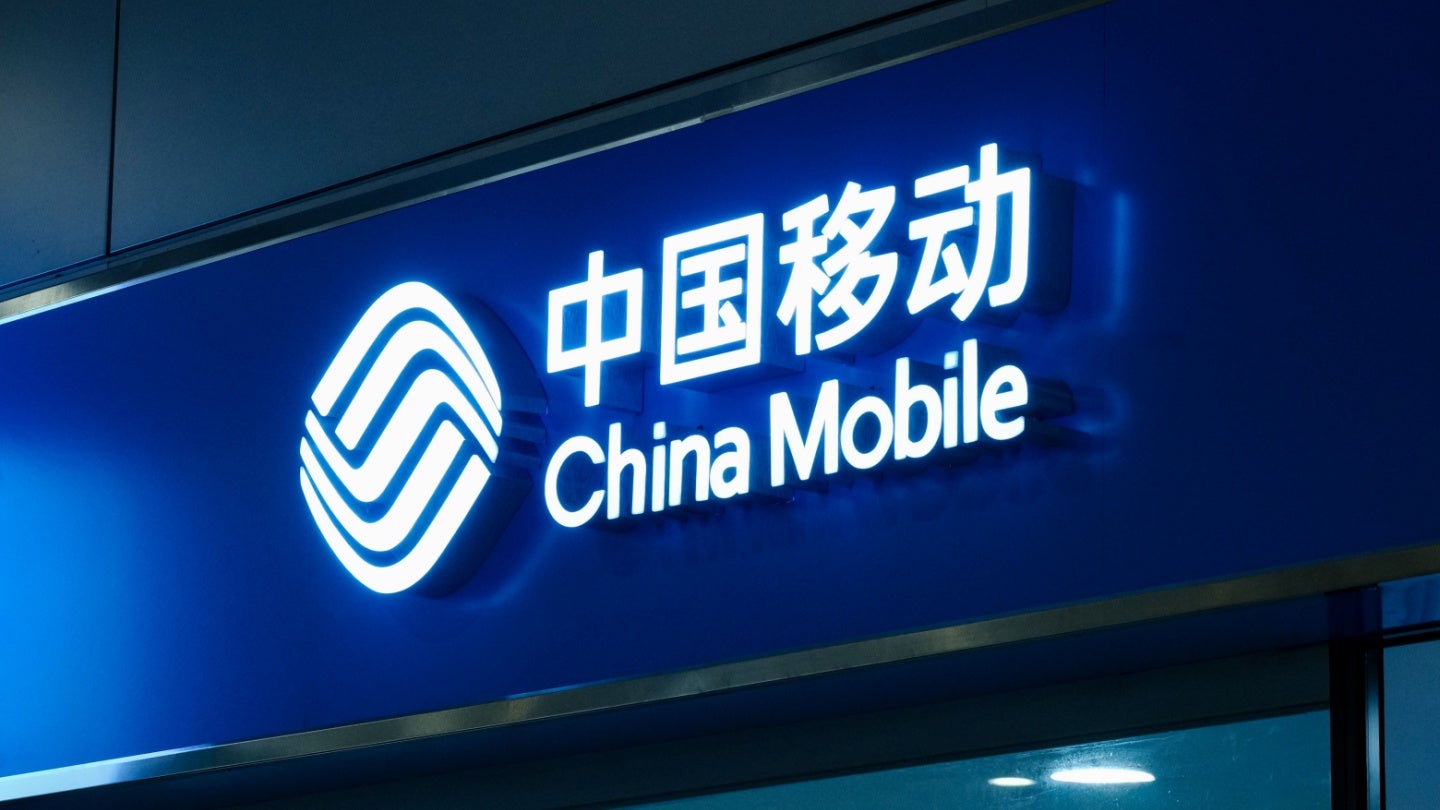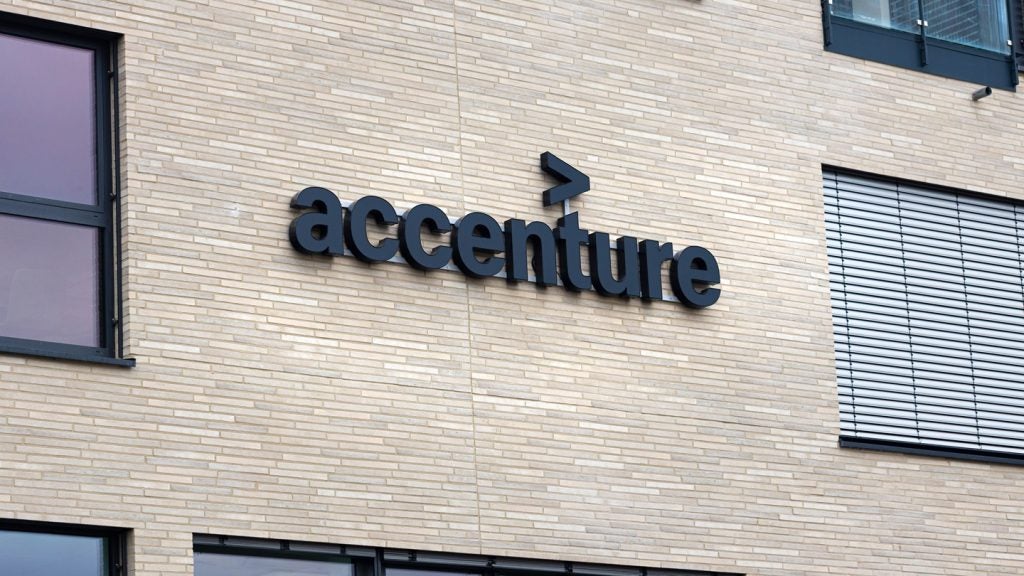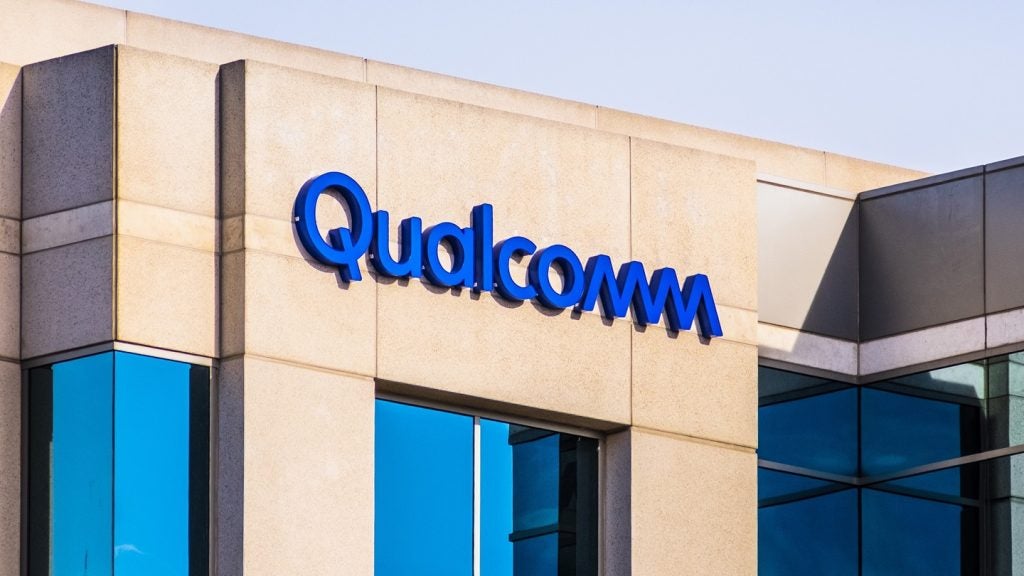After the high speed-based promises of 5G in the first period of its commercialisation, it is now difficult to understand how operators will be able to communicate the value of next-speed wireless network upgrades, such as 5G-Advanced (5G-A) and eventually 6G.
Across the globe, mobile network operators are now assessing their 5G monetisation strategies, to consider new and different ways to present and commercialise their network investments, both present and future.
In the past, 5G monetisation has been rather generic, with the technology positioned as a data volume and speed proposition with indistinct value for customers with different use cases.
That’s been broadly true across both the consumer and business domains, with limited if not quite successful focused marketing attention on younger users with higher speed and latency application requirements, such as gamers.
However, 5G operators have struggled to come up with a better market segmentation strategy beyond that, and many have been pressurised by competitive forces to reduce their 5G prices, invest in other VAS to sweeten the bundle and move to unlimited data propositions in the absence of a better monetisation strategy.
Alternative monetisation approaches
Given all these common challenges, operators everywhere are now interested in learning from operators outside their own footprint to understand alternative monetisation approaches and their level of success, for 5G but also for next-step evolutions of 5G, such as 5G-A.

US Tariffs are shifting - will you react or anticipate?
Don’t let policy changes catch you off guard. Stay proactive with real-time data and expert analysis.
By GlobalDataIn this respect, China Mobile Shanghai represents an interesting alternative segmentation approach for 5G-A, with strong initial uptake in the first months of commercialisation to point to.
China Mobile Shanghai
Certainly, as one of the five most densely populated cities in the world with around 25 million inhabitants and a notably high smartphone penetration rate (source: GlobalData), Shanghai has always represented a significant wireless customer experience challenge challenge.
For this reason, in moving from 5G to 5G-A, China Mobile Shanghai decided to try out a new segmentation approach to recognise the need to provision different classes of customers with different service level experiences, as and when they needed them.
Differentiation by service classes
As an initial step, China Mobile Shanghai identified five different types of customers, from the lowest type through to Silver, to Gold, Platinum and Diamond, cut across three use-case based service classes.
The highest class of customer was assumed to have the highest latency requirements but potentially lower data quota requirements, for applications such as gaming, whereas the second highest required high uplink and data quotas for applications such as livestreaming.
The third class, however, considered to be a small number of users in total, were assumed to have the highest data traffic quota requirements, for applications in the XR domain. On top of this segmentation strategy, China Mobile also layered geographical scenario assumptions, to consider the different CX requirements of customers within fixed geographical locations such as high-speed railway and scenic locations against non-fixed event-driven locations, such as sporting and festival locations.
The launch of 5G-A
During the commercial launch of 5G-A in June 2024, China Mobile Shanghai launched packages targeting the three key customer classes – gaming, livestreaming and XR application users – together with a use-case graded pricing structure. Later
in September 2024, China Mobile Shanghai introduced a separate Metro Package, to target those customers living and working predominantly in the city or metro areas – a population assumed to be around 10 million alone. This Metro package brought 5G-A customer traffic prioritisation advantages to customers requiring experience assurance for a wider-range of use cases such as video conferencing.
In November 2024, China Mobile introduced an exclusive VIP icon which displays on the upper left-hand side of over 40 different types of popular devices to alert Metro package customers to the times in which this VIP higher-quality network experience was being instigated, to provide additional transparency and assurance. Two months later, China Mobile Shanghai introduced a promotion to provision 5G-A for free to those customers who were willing to upgrade their existing package class to a higher-level experience.
Privilege packages
China Mobile 5G-A has went further in its marketing activities, articulating use cases aligned with so-called ‘5G-A Privilege Packages’ for business trips and cross-metro travel, with special activities, scenario-based advertising, SMS location-based pushes and use-case themed packages for live-streaming and gaming users.
The operator also recognised that the launch of 5G-A could play a role in improving its wireless customer retention rate by offering a free upgrade to higher-spend 5G customers who had been loyal customers of the operator for at least one year with an average monthly spend of 199yuan ($28).
The operator initiated an outbound sales call campaign targeting those most likely to convert, and in so doing was able to improve the marketing success rate amongst this segment from 3% to 9%. Regional sales staff training, and particularly on-ground marketing activities in high-density locations, was also an area of significant investment.
The initial results from this 5G-A launch have been promising, both in terms of network performance and customer uptake.
On the network side, the operator had completed the 5G-A rollout to Shanghai’s Outer Ring, representing over 5,000 sites by the end of September 2024, with an average data rate of 1.65 Gbps. Today, the 5G-A icon display rate is around 98% and China Mobile has brokered an agreement to allow Apple iPhone users to see a ‘China Mobile VIP Service’ display.
In terms of experience, the operator could further report a 50% lower gaming latency rate, against a 50% increase in downloading rates for popular applications such as WeChat.
5G-A service customer growth
By November 2024, China Mobile Shanghai’s 5G-A service had attracted more than 100,000 customers, with more than 30,000 subscribed to one of the four scenario-specific packages and a further 70,000 from 5G-A upgraded packages. By the end of December, the number of customers had risen to 180,000 and again to 450,000 by mid-January 2025.
Furthermore, the operator was able to report an ARPU lift of 11% against an increased data traffic usage between 20-40% compared with non-5G-A customers ARPU and data usage.
As the China Mobile Shanghai case study has demonstrated, the shift from 5G to 5G-A can be successfully translated into operator business outcome improvements, with a differentiated and carefully architected use-case and customer experienced-focused mindset.









